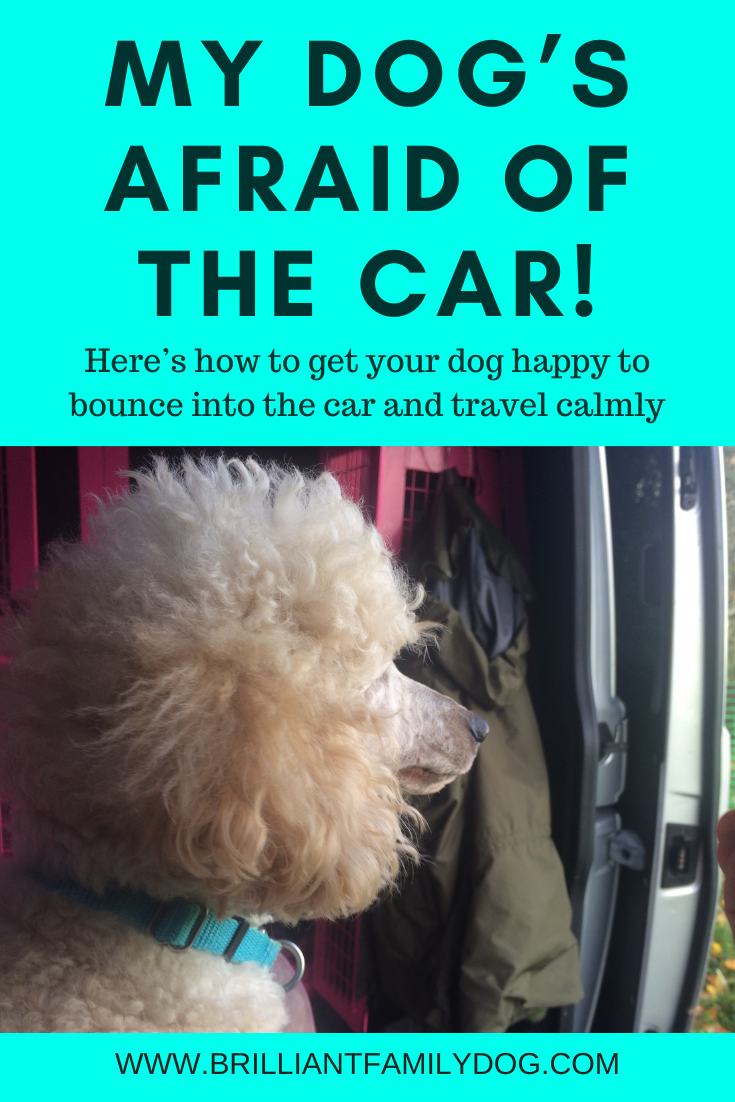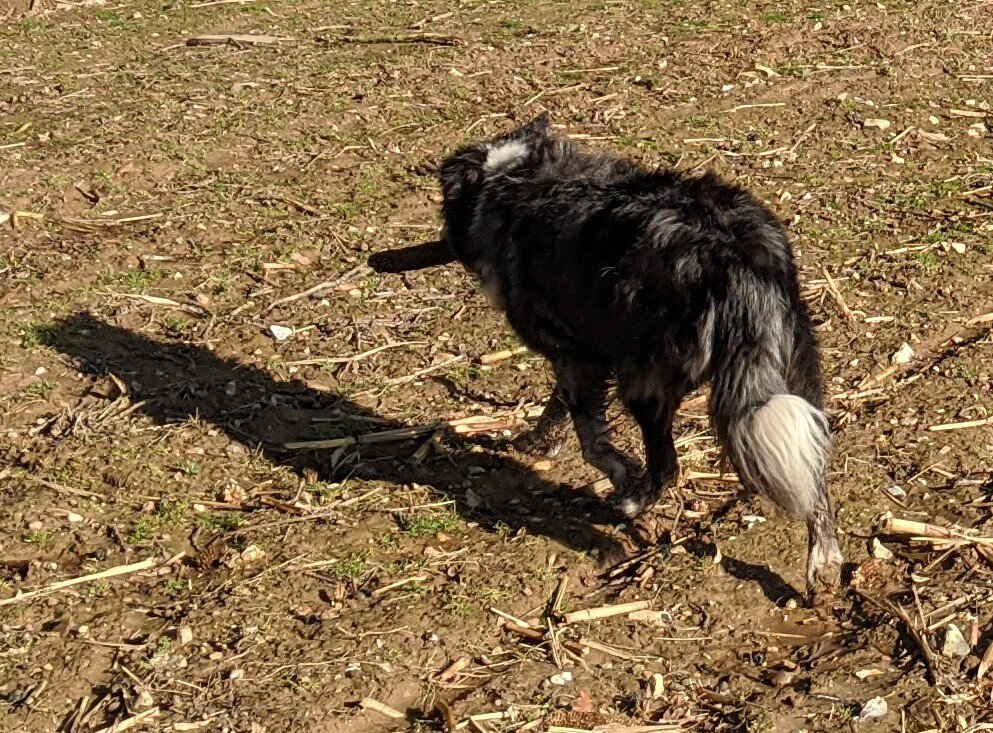I frequently get this question. An owner gets in touch with me because their dog - who is wonderful at home with them and their family - behaves “aggressively” when seeing strange dogs or people. This could be when out and about, or with visitors to the home.
And the first thing I’ll ask them is what their dog is actually doing!
You see, I absolutely understand that when their dog appears aggressive, this brings up feelings in the owner of
Confrontation
Challenge
Conflict
They fear their dog has turned nasty, and has to be restrained so that he can’t damage another dog or a person - with all the horrors that entails. Vets! 😢 Doctors!! 😳 Lawyers!!! 😱
So it’s natural that their dog’s actions should provoke a strong reaction in the owner!
But you need to look at what your dog is actually doing - something that you are labelling as “aggression” - when it’s most likely for another reason entirely.
Common reactions to something the dog sees can include
Growling
Backing off
Hiding
Grumbling
Staring
Moving forwards
Stiff body and legs
Hackles raised
Tail up
Barking
Lunging
Snapping
And people may think this will automatically lead to biting.
Well . . . in some cases it could. But normally, if whatever is upsetting the dog is removed - or the dog is removed from where he is upset - this is enough for everything to die down again.
So this is just aggression, right?
I can tell you that in most cases that I work with, the dog is not actually aggressive. What’s happening is that he is afraid.
Something has appeared that he can’t cope with, that he’s afraid will hurt him (it doesn’t matter if he’s right or wrong - this is his perception! It’s real enough to him!) so he fires out some warning shots in order to keep the dangerous thing away from him.
That’s why if you can keep the dangerous thing away from him in the first place, or remove him, he will have no need to take the law into his own hands and try to keep it away himself.
Compassion
So instead of trying to STOP what you perceive as aggression, look at it with compassion and work out what the cause of this usually noisy display is.
Instead of trying to stop this by yanking the lead, shouting, nagging, dragging your dog away, trying a new gadget to physically hurt him (I include the misuse of headcollars here, never mind real nasties like collars with spikes pressing into the neck, or any device using batteries), and all the other things I see people do - perhaps acting out of character because of their embarrassment . . . instead of focussing on STOPPING what you don’t like, look at how to teach what you DO like!
You’ll get some ideas of how to approach this mindset-shift in this article.
Understanding is half the battle. Once you’ve got the measure of WHY your dog is doing this, only then can you work out what you’d like him to do instead, then formulate a plan to teach him!
You see, dogs can’t exist in a vacuum. They can’t NOT do. Dogs are doers. So if you want to change what your dog is doing, you have to find him something else to do instead!
How?
Glad you asked!
Your first step is to watch our free Masterclass, and Learn the 3 Biggest Mistakes Growly Dog Owners make - and what to do instead!
You’ll find there some terrific strategies for making great changes with your Growly - reactive, anxious, shy, “aggressive” - Dog, changes which will last.
You can ask your personal questions in the chatbox, and start looking at a new way to work with your Growly Dog to effect a happy life for both of you.
You may not like your dog’s actions - but you can be sure that he doesn’t like them either! Let’s get started on changing them . . .

















